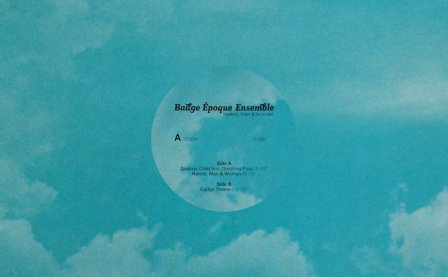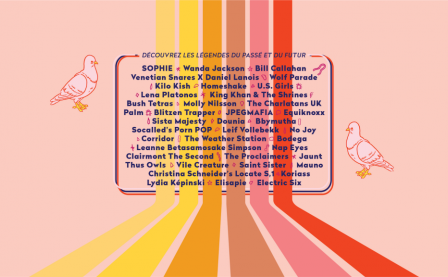Hooks are primary elements in the construction of “pop” music. While other aspects might hint first at its pop aspirations, the hook provides perhaps the clearest indicator that we are listening to pop. But the hook exists as an ideal; the “perfect hook” probably still lurks somewhere out in the pop music seas, but we instead encounter members of its species that bear resemblance to their mythical paragon. The hook by definition catches attention and holds it in its thrall — and the best ones refuse to let go — but a hook without muscle quickly blows out its usefulness and works its power against the song, calling attention to the weakness of the rest of the work and becoming, at worst, an annoying earworm that the audience seeks to escape. On GEM, the power of Megan Remy’s hooks is almost dangerous, to the point of threatening to overwhelm entire songs. It’s where she attends to the muscle of her work that GEM invites deeper listening.
This is by no means a call for some abstract “substance” or a positing that content equals good pop music; lyrical content is subservient to the pop song, as long as it doesn’t distract or fall flat. But this is also not to imply that GEM is lyrically insubstantial; with the exception of “Down in the Boondocks” (a cover of Billy Joe Royal), Remy and her co-writer Slim Twig have completed each song in such a way that the hook carries the thematic content of the rest of the lyrics. It’s only where a line repeats too many times successively that GEM oversteps, privileging the hook above the rest of the lyrical skeleton.
The songs that transcend their hooks on GEM do so primarily through sonic novelty. Remy culls her palette from many sources: glam rock, early R&B, punk rock, ambient music, noise rock, field recordings, etc. We hear a Bolan-esque stomp on “Jack,” a hint of a punk snarl on “Work from Home,” and a phasing tape collage “Curves.” GEM reveals a coherence in these genres that at once pays homage and forges a new sound, which therefore resists easy categories except its general pop genus. In recognizing the connections between these many disparate eras, Remy’s synthesis reveals a hidden lineage that provides sonic and historical content.
But finally, “Down in the Boondocks” might be a counterexample to the implied corollary above: that songs can’t live on hooks alone. Every line in this cover stands apart as a hook and thus escapes a need for weight: If the hook continues onward and never drops your attention, it itself is the bed in which the listening consciousness can rest. You can find a similar phenomena in most early R&B girl groups. There may be some critical work left in unpacking the implications of the lyrical content, but it’s quite clear that each element of, say, “Be My Baby” by The Ronettes, down to the hand claps, is a hook that refuses to release the listener’s attention until the next hook begins. Since attention flees at the slightest dip in interest nowadays, this model may find some success. But GEM mostly succeeds in its lack of appeal to that tactic and, in its depth, will yield to further listening, beyond the initial force of its plentiful hooks.
More about: U.S. Girls




